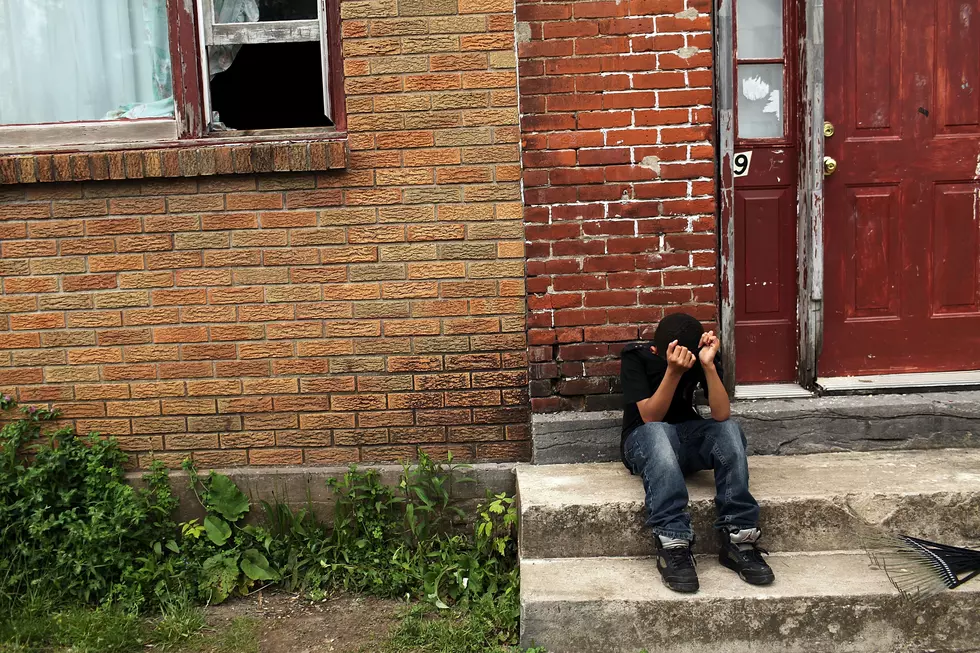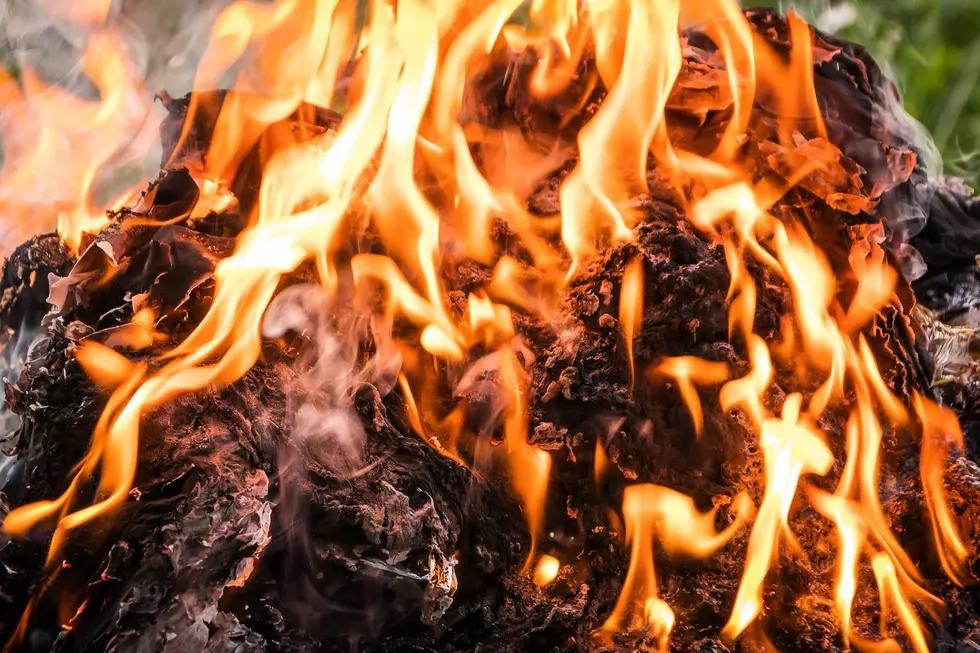![State Police Cracking Down On Clandestine Meth Labs [VIDEO]](http://townsquare.media/site/41/files/2012/11/photo-35-300x224.jpg?w=980&q=75)
State Police Cracking Down On Clandestine Meth Labs [VIDEO]
Oneida, NY (WIBX) - The process of making meth is becoming faster and more mobile, but the New York State Police is also busting more labs throughout the state.
In 2011, the State Police responded to 45 clandestine drug labs and other incidents. This year, the number has nearly tripled to 127.
The uptick may be attributed to a new method of "one pot cooking," or shake and bake cooking.
Sargeant Doug Wildermuth, with the Contaminated Crime Scene Emergency Response Team, says the process reduces the time spent cooking from several hours to less than 90 minutes.
"Of course, the dosages aren't as large as the older ways, but when you have so many items that are so mobile you can do this anywhere, at any time," Wildermuth said.
And recent laws barring some of the components required to make meth are being curtailed through a process that Captain Eric Underhill, with the State Police Emergency Management team, calls "smurfing."
"The smurfing, as I'm sure you're familiar with the cartoon character... they always went out in hordes and they always picked up a lot of little things because they were such small people," Underhill said. "They brought it back and they gathered it all together. This is exactly the same as the lieutenant articulated. Several people are going out there, getting the precursor required, signing the log books, and then they're bringing it back to the cook, who is then processing the drug."
If all the ingredients are gathered together, cooking can take place. In "one pot" cooking, everything is mixed together in a vessel, which can be anything from a water bottle to a two-liter jug, anything that can expand slightly and handle sometimes high temperatures.
But, once everything is completed, what happens to those vessels. Underhill describes the ingredients in the bottle as a hazardous product that is still very volatile when disposed of incorrectly or before all of the chemical interactions have taken place.
"These people, because they don't know how to get rid of it, they don't just throw it in a garbage can... they throw it on the side of the road, they throw it in the woods where people can come upon it," Underhiill said. "In one particular instant that I'm aware of, a gentleman had picked up this garbage bag that had components of a lab in it that were still active. He just simply threw that in the truck of his car to bring home to throw away. But, when he opened up the trunk of that car, he was overcome by the chemicals."
Many of this year's busts have happened in Central New York, with Troop D responding to 57 calls in 2012.
Madison County has provided the bulk of incidents as well, with 32, though Oneida has had 11.
Underhill says the cost of each response is also causing a strain on State Police Resources, both in the form of precious man-hours and in the actual cost of having the labs removed. Each time a Hazmat hauler is called to assist in removing a lab, it costs between $2,000 and $5,000. He says the added strain does impact other facets of the troop, including patrols and other costs.
But, Lieutenent Mary Clark, with the Central Community Narcotics Enforement Team, says public education is vital to curbing the problem.
"We need to educate our communities, our children, our first repsonders, our firefighters who are responding to the scene so they know what to look for," Clark said. "It's like anything else. We have to educate, and it's going to take a long time before we probably put the dent into it like we need to."
And until a significant dent is made, she expects the state's meth problem to get worse before it gets better.
More From WIBX 950









